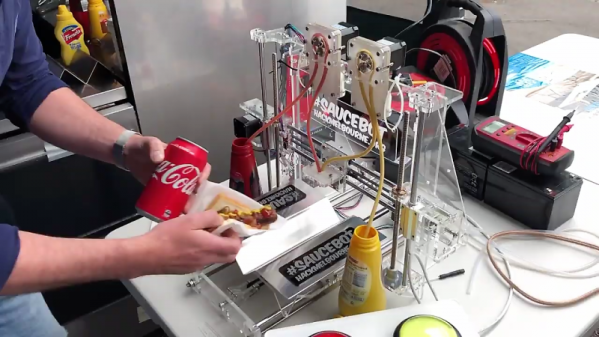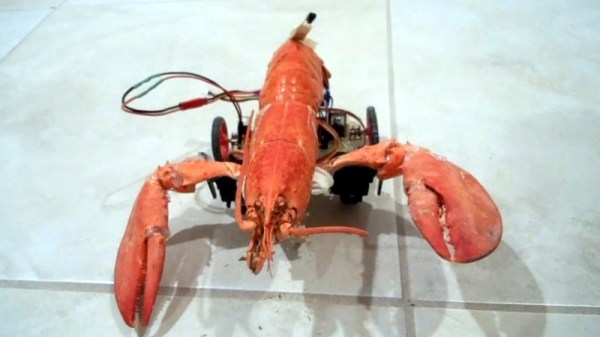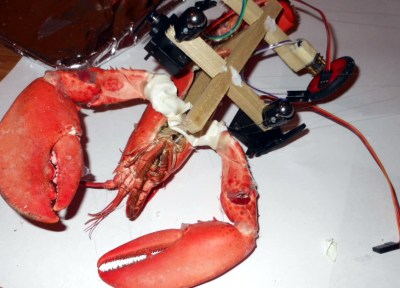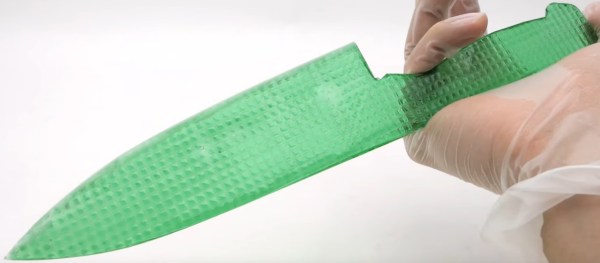Instant ramen, the favoured repast of the impecunious would-be tech genius! It’s cheap, of dubious nutritional value, and it only takes a minute to cook. But what if you are in the creative Zone to the extent that five minutes to boil water is too much? For that you need an automatic ramen cooker, which is what [Mayermakes] has created from an upcycled electric filter coffee maker.
A filter coffee maker is a surprisingly effective instant ramen cooker without modification, in that it already contains a hotplate and water boiler to dribble hot water on some noodles. But it lacks any means of adding the seasoning or the essential hot sauce, so he created a 3D-printed rotating hopper driven by a stepper motor, and a servo driven syringe, while coffee maker itself is given a solid state relay to switch it on.
Controlling the show is an Arduino MKR board, which serves up a web interface with the option of ramen as it comes, or ramen with hot sauce. The result is an automated pot of $0.49 noodles that will set no gourmet’s heart a-flutter. Then again, fine dining is not why instant ramen exists.
This appears to be our first ramen-cooking coffee pot, but we have seen a guitar made from noodles!



















